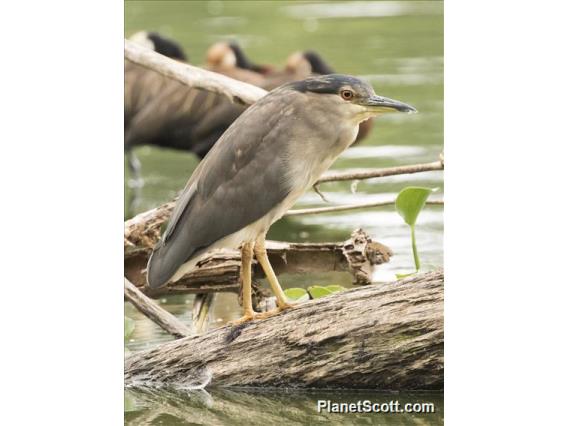Black-crowned Night Heron (Nycticorax nycticorax)

Black-crowned Night-Heron (Nycticorax nycticorax)
×


Black-crowned Night-Heron (Nycticorax nycticorax)
About Black-crowned Night Heron (Nycticorax nycticorax)
- Kingdom: Animals
- Phylum: Chordates
- Class: Birds
- Order: Pelicans
- Family: Herons
The black-crowned night heron or black-capped night heron, commonly shortened to just night heron in Eurasia, is a medium-sized heron found throughout a large part of the world, including parts of Europe, Asia, and North and South America. In Australasia it is replaced by the closely related Nankeen night heron, with which it has hybridised in the area of contact.
Source: Wikipedia
Lifelists
Trips
- Antarctica and Argentina
- Argentina
- Around The World in 66 Days
- Brazil
- Chicago
- Chile
- Chile 2020
- China Solar Eclipse
- Colombia - Santa Marta
- Cuba
- Hawaii, Big Island
- Hawaii, Kauai
- India
- Indonesia
- Indonesia
- Japan
- Lesser Antilles
- Madagascar
- Malaysia
- Malaysia and Sumatra
- Mexico, Baja California Sur
- Mexico, Nayarit
- Mexico to Panama
- Moving the Car
- San Francisco 2007
- Svalbard, Canary Islands, and Spain
- Uganda and stops between
Visits
-
2001-06-21
-
2005-02-18
Buenos Aires Reserva Costeneras, Argentina -
2005-03-29
Kauai - Lihue, United States of America -
2006-01-09
Kheoladeo National Park, India -
-
2006-09-23
Don Edwards National Wildlife Refuge - Alviso, United States of America -
2007-02-23
Golden Gate Park - South Lake, United States of America -
2007-03-08
Big Island - Hawaii Volcanoes National Park, United States of America -
2007-03-10
Big Island - Kona / Four Seasons Hotel, United States of America -
2007-06-16
Ocean View Wildlife Refuge, United States of America -
2008-01-07
La Tovara, Mexico -
2008-02-17
San Jose del Cabo - Estuary, Mexico -
-
-
2009-06-01
Redwood Valley, United States of America -
2009-07-14
Sai Kung Peninsula, Hong Kong -
2009-07-22
Wukang Sinopec Station, China -
2009-07-23
Hangzhou - Xi Hu, China -
2010-06-21
Cape May Point State Park, United States of America -
2011-07-15
Pantanal, Brazil -
2012-07-11
McKenzie Slough, United States of America -
2012-08-12
Redwood Shores - Radio Road, United States of America -
2012-11-03
Honolulu Int'l AP, United States of America -
2013-01-08
-
2014-09-23
Redwood Valley, United States of America -
-
-
-
-
-
-
-
-
-
-
-
-
-
-
-
-
-
-
-
-
-
-
-
-
-
-
-
-
-
-
-
-





